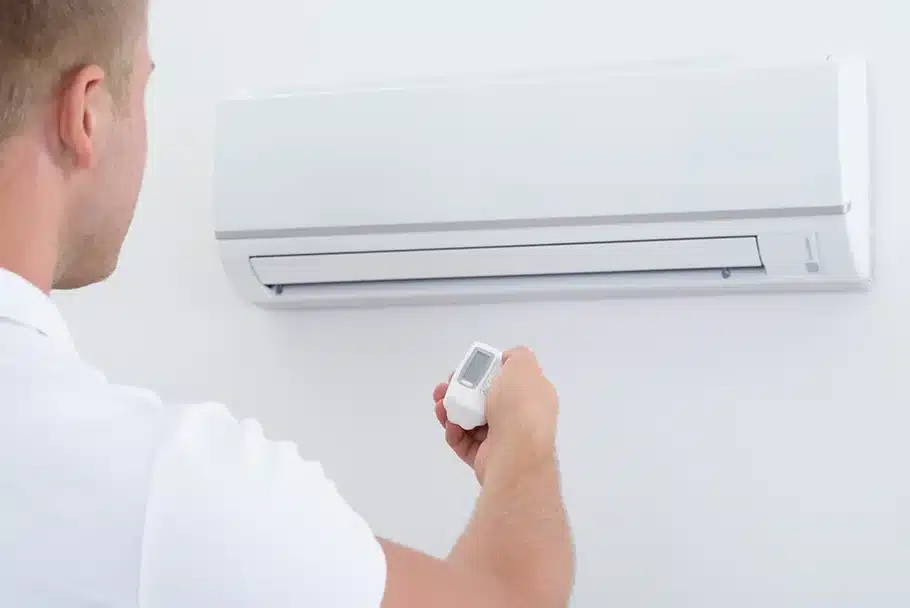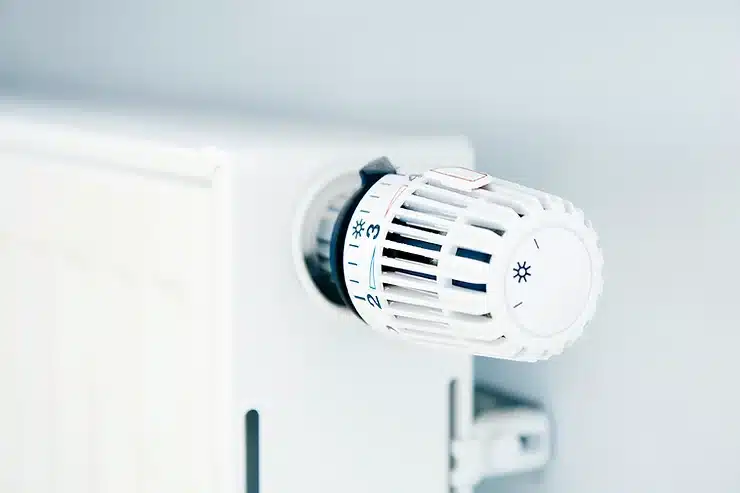
There is nothing as inviting as a cosy and toasty home, but it can often come at a high cost. So if you dread opening your rising electricity and gas bills at the end of the month, you might want to consider cheaper ways to help heat your home. You might be surprised what a significant difference a few small changes can make.

We hardly ever give any thought to the position of our furniture. However, if your furniture is blocking your heat flow, even just partially, you won’t be able to enjoy maximum heat in your home.
Although this method will involve initial costs, it’s an incredibly cost-effective way to retain heat in your home. As a result, you will save money in the long run.
These incredible heaters can help drive your heat up without affecting your electricity bill.
More often than not, we turn the heat up out of habit, and this habit costs us in a big way. So, before turning up the heat, be sure that you really need it to be turned on. In addition to this, keep your temperature in mind. You can save up to 10% on your bill if you turn your thermostat down by a degree or two.
If you add a shelf just above your radiator, you’ll find that it functions exceptionally well as a shield. The shelf will help distribute the warmth from the radiator into the room more effectively and more evenly.
Although your fireplace might be a nice touch to your living room, it could be one of the reasons why your home is chilly. Block your chimney if you find that it’s resulting in extreme draughts. However, it would be best if you did this with care since an inadequately blocked chimney can cause overheating.
Therefore, be sure to do some research or watch a YouTube video from a reliable professional on blocking your chimney the best way.
It’s always a good idea to check your radiators regularly. Suppose you find cold spots; you should consider bleeding it because it signifies that your radiator has trapped air inside it.
This can prevent your radiator’s warm water from circulating properly, and as a result, your radiator won’t function as effectively.
If you are living in an older home that features doors and windows that are single glazed, you might experience draughts. If you find powerful draughts that can’t be effectively covered, you might want to consider investing in double-glazed windows or doors.
If you have uninsulated floors, you might be surprised to hear that they can cause up to 10% of your home’s heat loss. By adding a few rugs on tiled or wooden floors, you can increase your warmth without paying a higher electricity bill.
Our homes can lose a tremendous amount of heat through the windows, so make sure your home has curtains. Also, if your home is suspect to icy conditions, get heavy curtains.
Start to heat your home today by making a few simple adjustments to your daily routines and enjoy a warm and comfortable home that won’t break the bank in utility bills.



